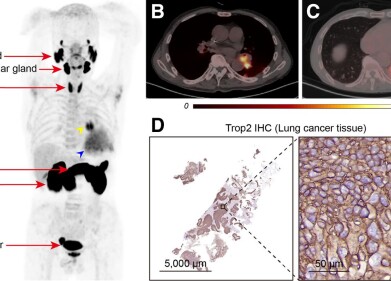News & views
What is Ice Propagation?
Jan 05 2016
Thanks to new insights gained from the use of infrared thermography, knowledge of the ice propagation process is now more complex than ever. Today, scientists are able to directly observe ice nucleation, the initial formation of frost within a plant. After the crystal has been formed the ice propagation process begins. This sees the initial ice crystal spread, which leads to the plant finally freezing through.
Scientists studying the freezing process have revealed that ice formation is an exothermic event. During the process the heat of fusion is released as water changes from a liquid to a solid. Using cutting edge infrared thermography technology scientists are now able to actively monitor and visualise this event.
Thanks to the impressive temperature and spatial resolution of the device, scientist are able to gain an in-depth understanding of the initial site of ice nucleation, as well as track the ice as it frosts over adjoining tissues.
New technologies help scientists understand the freezing process
Using the advanced infrared thermography scientists can pinpoint the role that extrinsic and intrinsic ice nucleating agents play during the freezing process. They are also able to monitor a number of other factors, including rates of ice propagation, the way plant structure influences the freezing process and the relationship between freezing patterns and visual patterns of injury.
Armed with the research, scientists are developing new ways to protect plants against initial ice nucleation, and the subsequent ice propagation that sees the entire plant frost over.
As mentioned above, scientists are conducting constant research into ice nucleation and propagation. ‘Thermal Imaging Cameras Help Researchers Study Ice Nucleation and Ice Propagation in Plants’ looks at the spring frosts that can be lethal to many growing plants, and the catastrophic impact sub-zero temperatures can have on agricultural production and consumer prices. Thermal imaging cameras are the lifeblood of the latest research, with the technology already leading to new insights into how plants freeze, and what can be done to protect them.
The Agricultural Research Service of the US Department of Agriculture (USDA-ARS) is at the forefront of new research, using high-resolution thermal imaging cameras from FLIR Systems to visualise the process. Michael Wisniewski and David Livingston are two USDA-ARS researchers fronting the studies, stating “The use of high-resolution thermal imaging allows us to visualise the many adaptations that have evolved in plants, which directly or indirectly impact the freezing process and ultimately enable a plant to survive frost events.”
Image via Flickr Creative Commons. Photo credits: Jay Williams
Digital Edition
Lab Asia 31.6 Dec 2024
December 2024
Chromatography Articles - Sustainable chromatography: Embracing software for greener methods Mass Spectrometry & Spectroscopy Articles - Solving industry challenges for phosphorus containi...
View all digital editions
Events
Jan 22 2025 Tokyo, Japan
Jan 22 2025 Birmingham, UK
Jan 25 2025 San Diego, CA, USA
Jan 27 2025 Dubai, UAE
Jan 29 2025 Tokyo, Japan



















